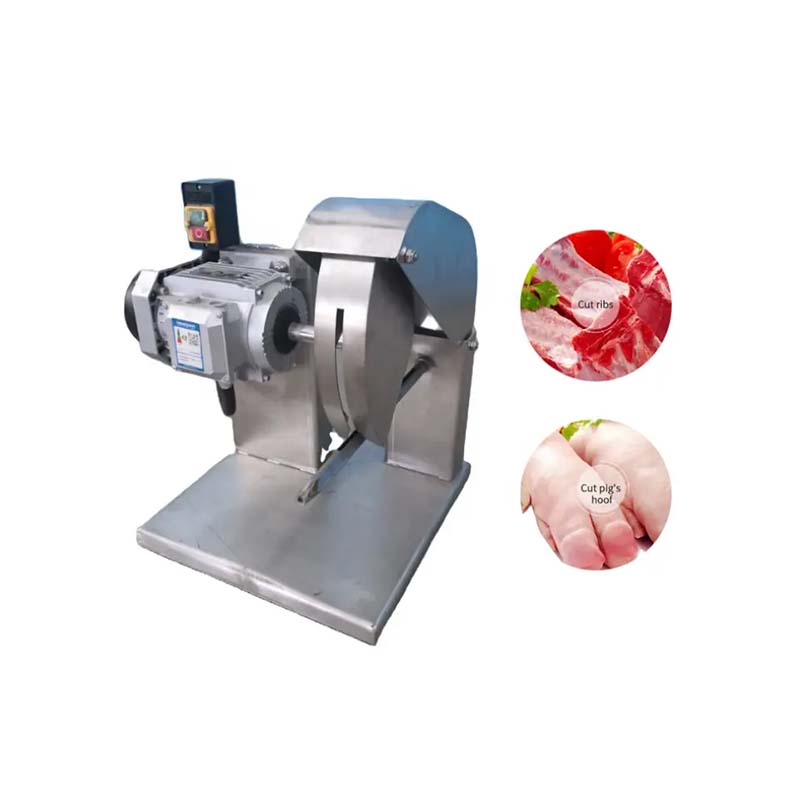Efficient Vacuum Packaging Machines for Commercial Food Preservation and Storage Solutions
Dec . 23, 2024 16:26 Back to list
Efficient Vacuum Packaging Machines for Commercial Food Preservation and Storage Solutions
The Importance of Commercial Food Vacuum Packaging Machines
In the fast-evolving world of food preservation and packaging, commercial food vacuum packaging machines have emerged as essential tools for businesses looking to extend shelf life, maintain quality, and reduce waste. These machines utilize a technique that removes air from the packaging, creating a vacuum seal around the food product. This article explores the features, benefits, and significance of these machines in the food industry.
Understanding Vacuum Packaging Technology
At its core, vacuum packaging is a method that significantly reduces the amount of oxygen that comes into contact with food products. By removing air, these machines slow down the oxidation process, which is responsible for spoilage. This not only helps to keep the food fresh longer but also preserves its nutritional value, flavor, and texture. Advanced vacuum packaging machines employ cutting-edge technology, including digital controls and chamber configurations, to cater to a vast range of food products, from meats and vegetables to dry goods and liquids.
Benefits of Using Commercial Food Vacuum Packaging Machines
1. Extended Shelf Life One of the most significant advantages of vacuum packaging is the dramatic increase in shelf life for perishable items. Food stored in vacuum-sealed bags can last several times longer than those stored in conventional packaging. This is particularly beneficial for businesses that wish to reduce inventory loss due to spoilage.
2. Quality Preservation Vacuum-sealed foods maintain their original quality without the need for preservatives. The absence of oxygen inhibits bacteria and mold growth, thereby keeping the food tasting fresh and retaining its nutritional value.
3. Cost Efficiency By reducing waste and extending shelf life, businesses can achieve substantial cost savings. Additionally, vacuum packaging allows for bulk purchasing, minimizing the need for frequent restocking.
commercial food vacuum packaging machine

4. Space Efficiency Vacuum-sealed packages take up less space due to the reduction in air volume. This compactness is especially advantageous for storage, enabling businesses to maximize their storage capacity and organization.
5. Improved Food Safety Vacuum sealing minimizes the risk of contamination and spoilage, keeping food safer. This is crucial for operations in the food industry, where health and safety regulations are strict.
6. Convenience For consumers, vacuum-sealed items offer convenience. They are easy to use, require minimal preparation time, and can be cooked directly from the freezer, making it a practical choice for busy lifestyles.
Applications Across Different Industries
The versatility of commercial vacuum packaging machines makes them applicable in various industries. In the meat industry, they are utilized to package cuts of meat, sausage, and cured products, ensuring optimal freshness during transport and storage. In the seafood sector, these machines help preserve the delicate nature of fish and shellfish, preventing freezer burn and maintaining quality.
Additionally, in the agricultural sector, vacuum packaging is used for produce to extend freshness, while in the bakery industry, it keeps baked goods from staling. Beyond food, vacuum packaging is also valuable for non-food items, including pharmaceuticals and electronics, where moisture protection is crucial.
Conclusion
The commercial food vacuum packaging machine stands as a vital component in the modern food industry. Its ability to extend shelf life, preserve quality, and enhance food safety makes it an indispensable investment for business operators, whether small food artisans or large-scale manufacturers. Moreover, as consumer demand for fresh, high-quality, and convenient food options continues to rise, the role of vacuum packaging technologies will likely expand, solidifying its place in the future of food management. As businesses seek to balance efficiency, quality, and sustainability, embracing vacuum packaging may just be the key to navigating the challenges of the modern marketplace successfully.
-
Automatic Feeding Line System-Pan Feeder Nipple Drinker|Anping County Yize Metal Products Co., Ltd.
NewsJul.29,2025
-
Hot Sale 24 & 18 Door Rabbit Cages - Premium Breeding Solutions
NewsJul.25,2025
-
Automatic Feeding Line System Pan Feeder Nipple Drinker - Anping County Yize Metal Products Co., Ltd.
NewsJul.21,2025
-
Automatic Feeding Line System Pan Feeder Nipple Drinker - Anping County Yize Metal Products Co., Ltd.
NewsJul.21,2025
-
Automatic Feeding Line System - Anping Yize | Precision & Nipple
NewsJul.21,2025
-
Automatic Feeding Line System - Anping Yize | Precision & Nipple
NewsJul.21,2025






